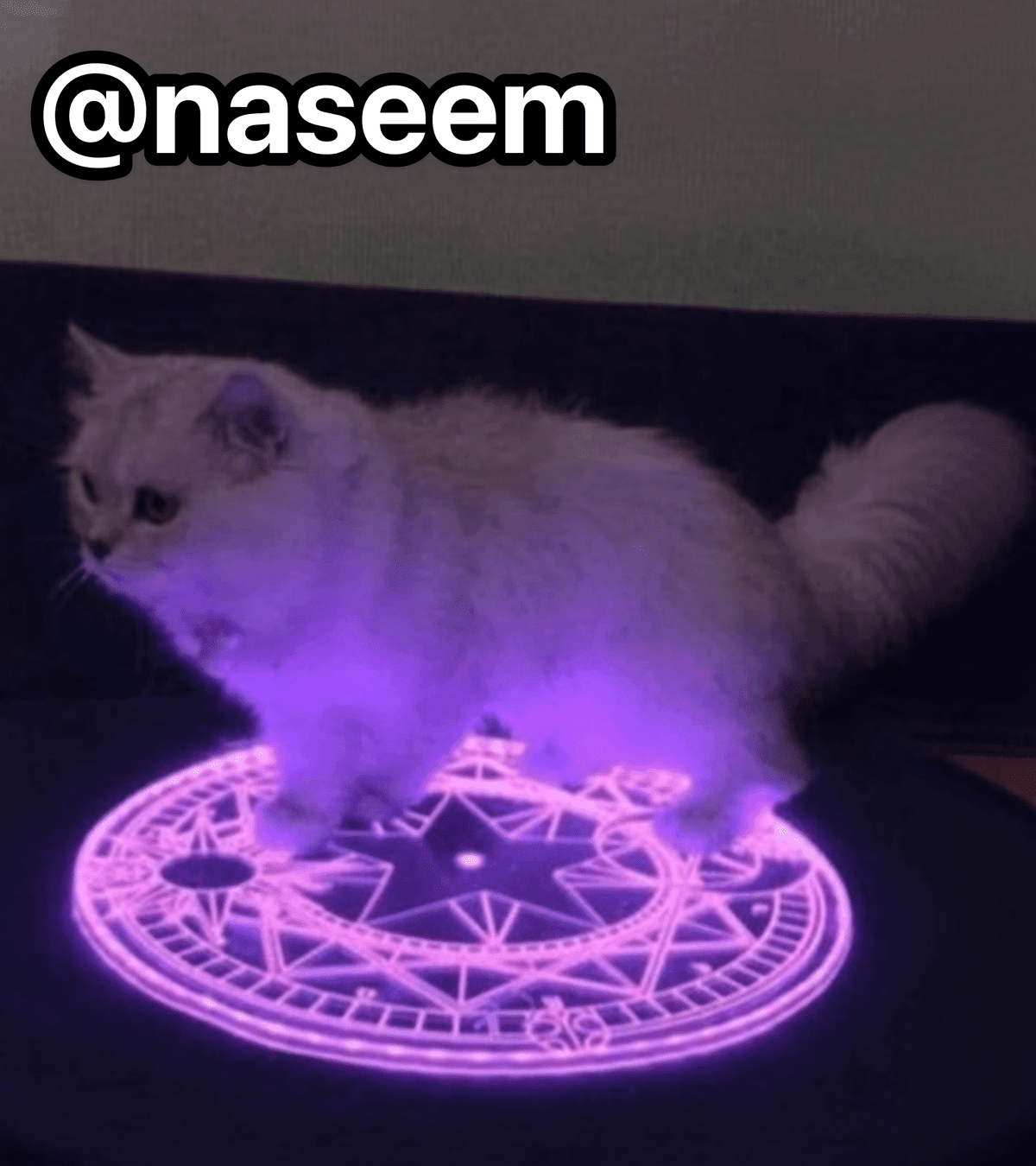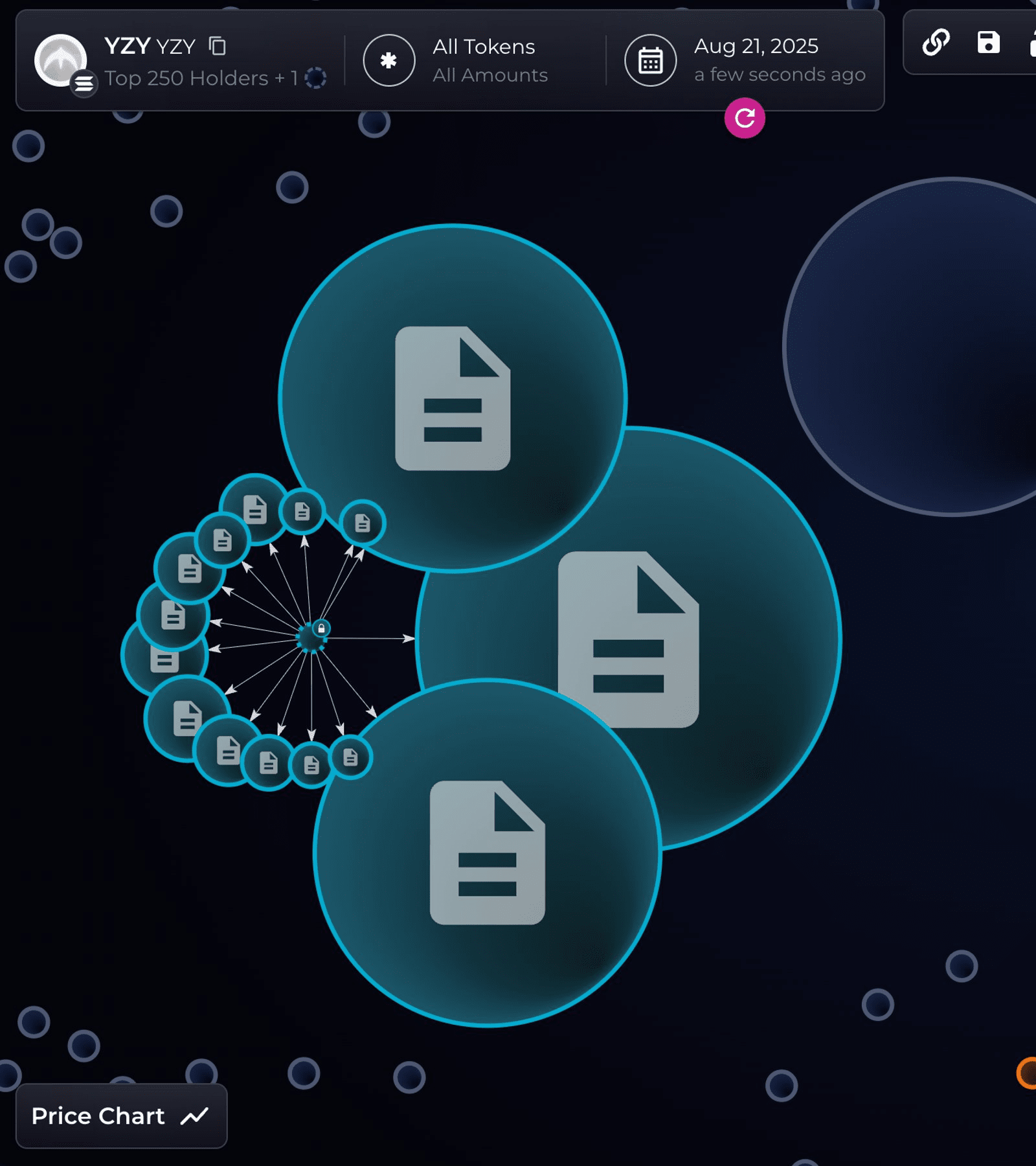Hey, fellow travelers in Web3,
It's been a while since I've sat down to write something. The market has been very lively lately, with various new coins and new stories flying around, but to be honest, I feel a bit more calm inside. Because I've realized that no matter how the market changes, having the initiative in information is always the hardest survival rule in this circle.
I don't know if you've ever had this experience:
You did a lot of research, felt that a project's fundamentals were good, and the community was active, then confidently invested. But shortly after, the price suddenly plummeted without warning. You scoured all social media, and all you see are 'HODL' and 'Diamond Hands.' You can't understand at all, who is selling?
Or, you see a meme coin explode overnight, and driven by FOMO, you rush in only to find that several whale addresses control 40% of the circulating supply, and they can decide the fate of this project at a moment's notice.
We have seen too many of these 'hindsight' analyses. What we really need is to be able to see clearly who the players are at the table and who holds the most chips before pulling the trigger.

What we lack is not information, but the ability to visually see the 'truth.'
That's why I want to talk to you about Bubblemaps today.
Don't get me wrong, this is not some wealth code, nor investment advice. It’s more like a pair of 'on-chain data glasses' that I’ve equipped myself with. Before buying any token, I habitually check it out.
What can it actually see?
In simple terms, Bubblemaps transforms the dull data from blockchain explorers into an intuitive 'holding relationship map.'
Each 'bubble' represents a wallet address.
The larger the bubble, the more tokens the wallet holds.
The 'lines' between bubbles represent transfers between wallets.
This design may seem simple, but once you input a new project's token contract address, a new world opens up.
💡 A few 'interesting' moments I discovered using it:
'Pseudo' decentralization: For example, analyzing Kanye's YZY Meme project, it turns out that when looking at it with Bubblemaps, among the top 20 holding addresses, 15 bubbles are clustered tightly together and have transfer relationships with the same 'parent wallet.' This means that the project parties or early investors distributed the tokens to multiple addresses to create a false impression of dispersed holdings. Would you dare to touch such a project?
The breadcrumbs of airdrop hunters: After some popular projects' airdrops, I also use it to observe. You will clearly see that a large number of small bubbles (retail investors) eventually gathered the airdropped tokens into a few massive bubbles (CEX or whales). This can give you a very intuitive judgment of the market's selling pressure.
The 'social circle' of the giant whale: You can see the largest bubble (the giant whale), where its tokens came from, and where they flowed to. Some giant whales distribute tokens to smaller bubbles, which may signal that they are preparing to sell. By observing the flow of these funds, you can better understand the intentions of 'smart money.'

Why do I think it's important?
In Web3, we always say 'Don't Trust, Verify.' But for most people, the threshold for 'verification' is too high. No one wants to spend hours tracking addresses one by one on Etherscan.
What Bubblemaps does is lower the threshold for this 'verification' to almost zero. It can't predict ups and downs, but it can help you eliminate projects with obvious problems, allowing you to avoid becoming a victim of information asymmetry.
It turns 'DYOR (Do Your Own Research)' from a slogan into an actionable step.
This is not just a tool; it's a shift in thinking: making on-chain data transparent and visual, enabling every ordinary user to see the hidden cards of whales and understand the distribution of chips among project teams.
This is the fairer and more transparent Web3 world we pursue, isn’t it?
Alright, that's all for today. This does not constitute any investment advice; it's purely a sharing of personal tools and insights.



